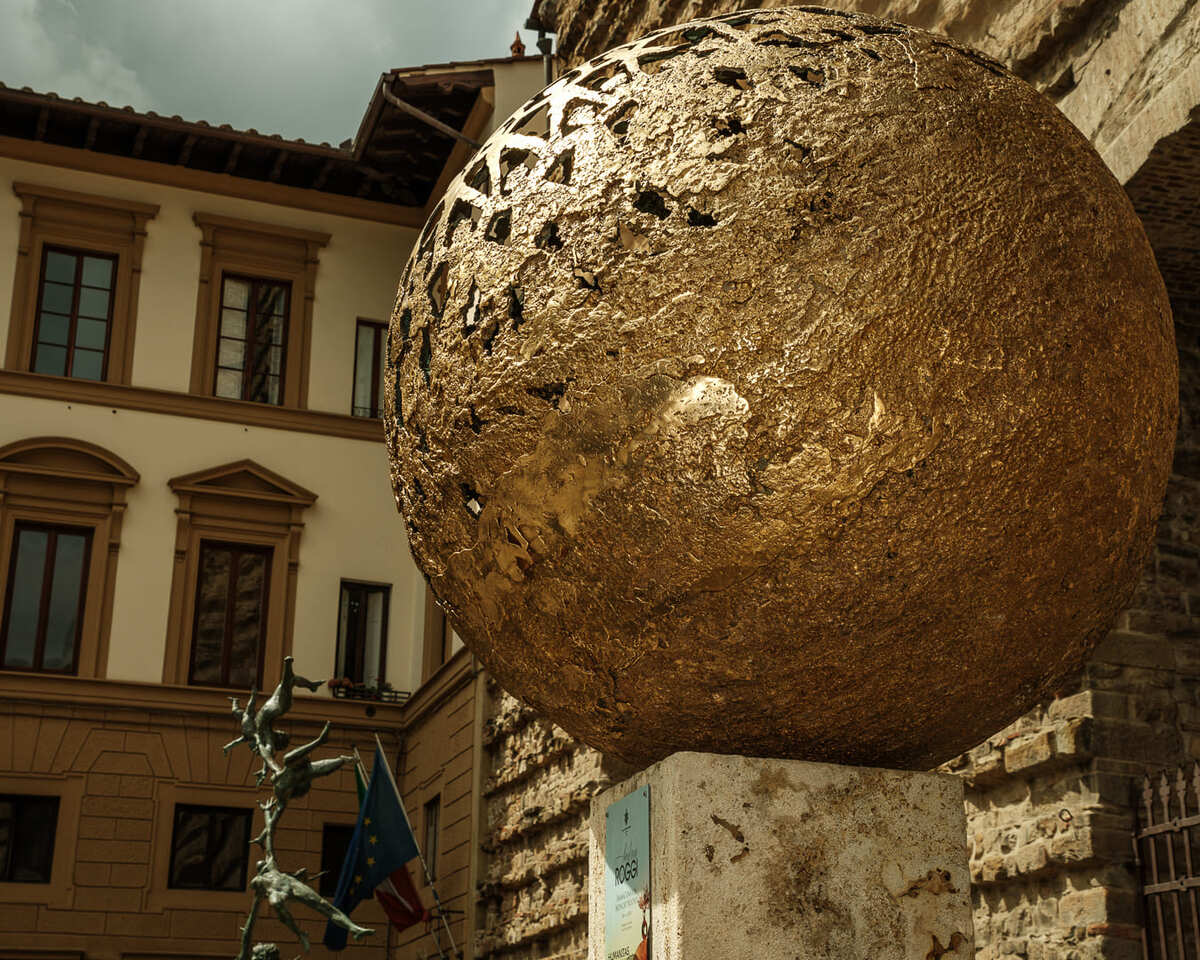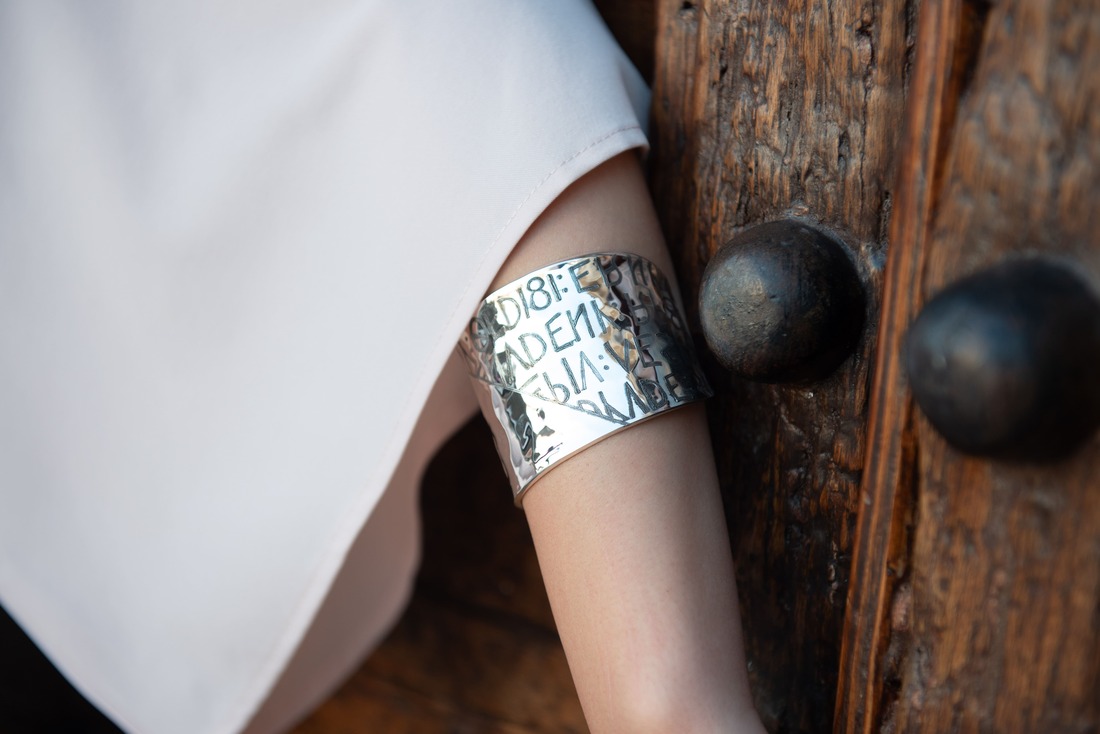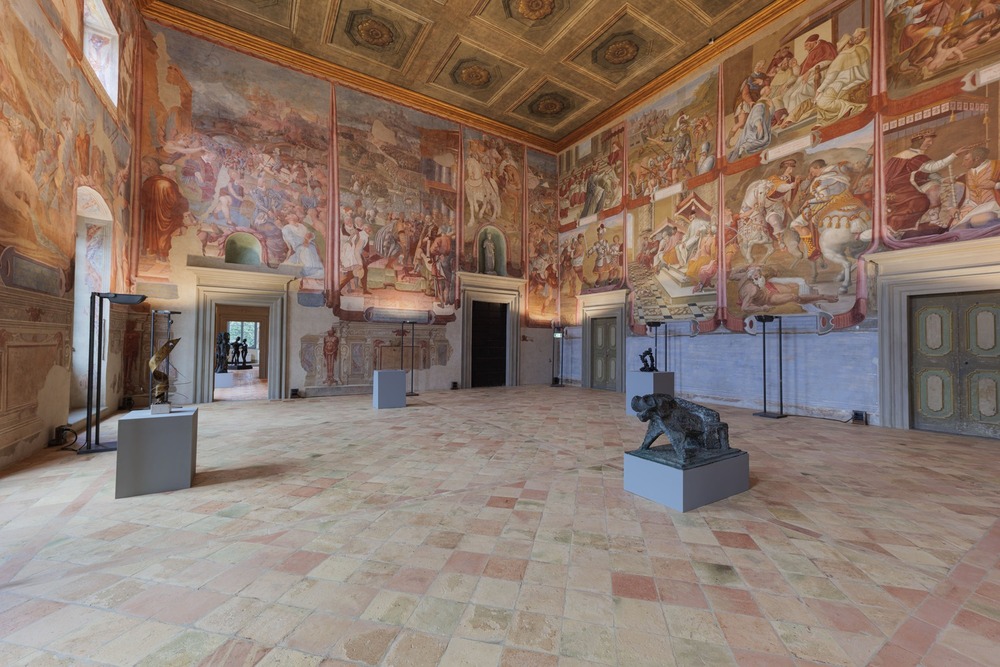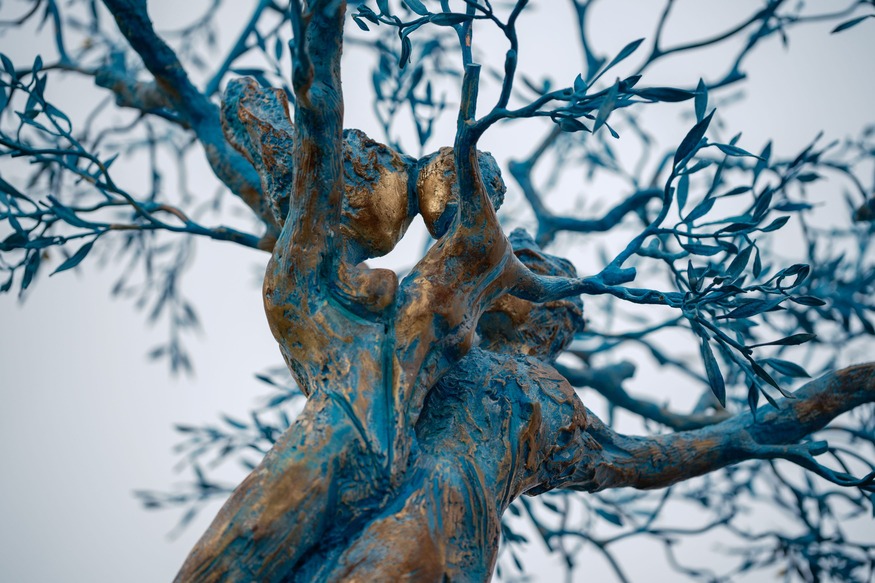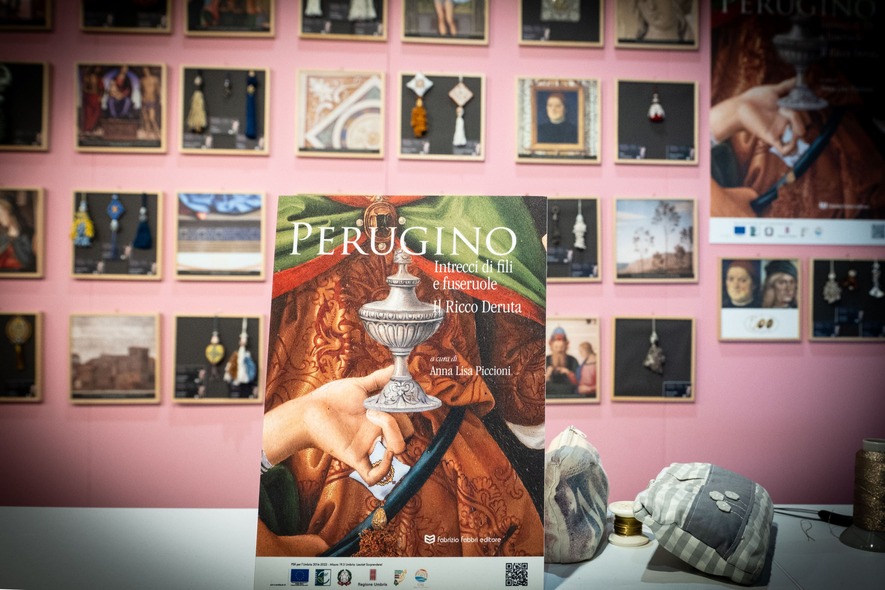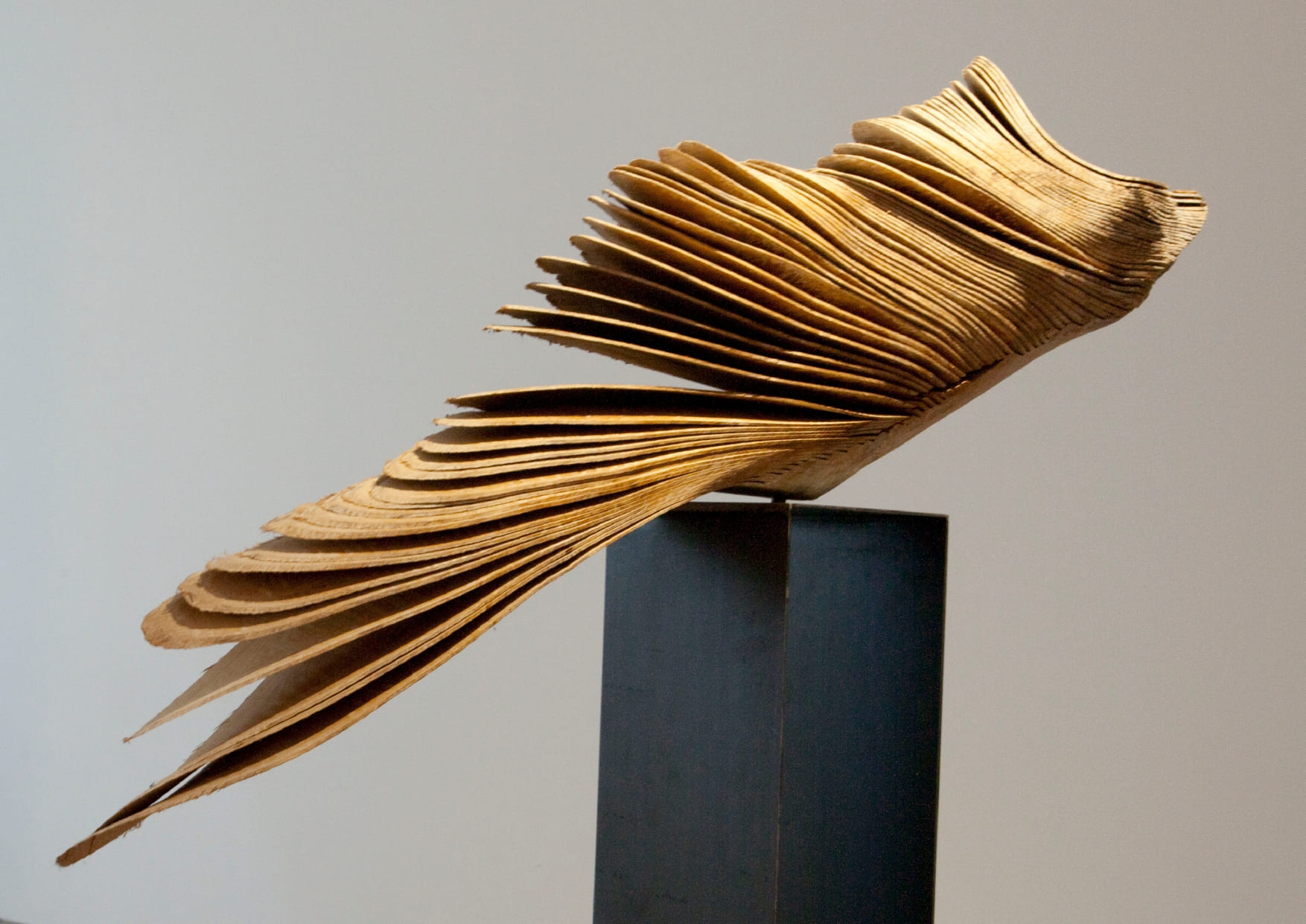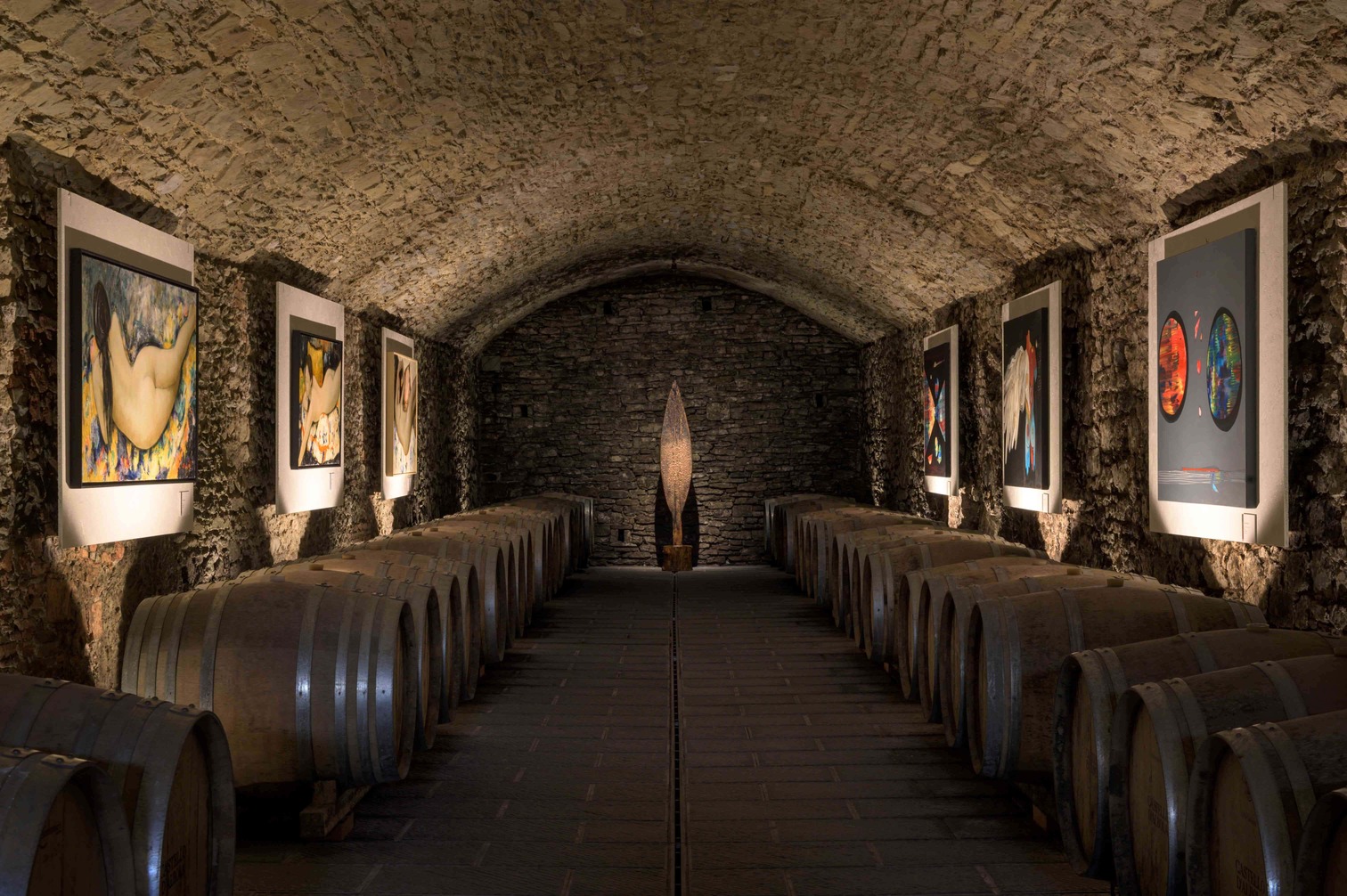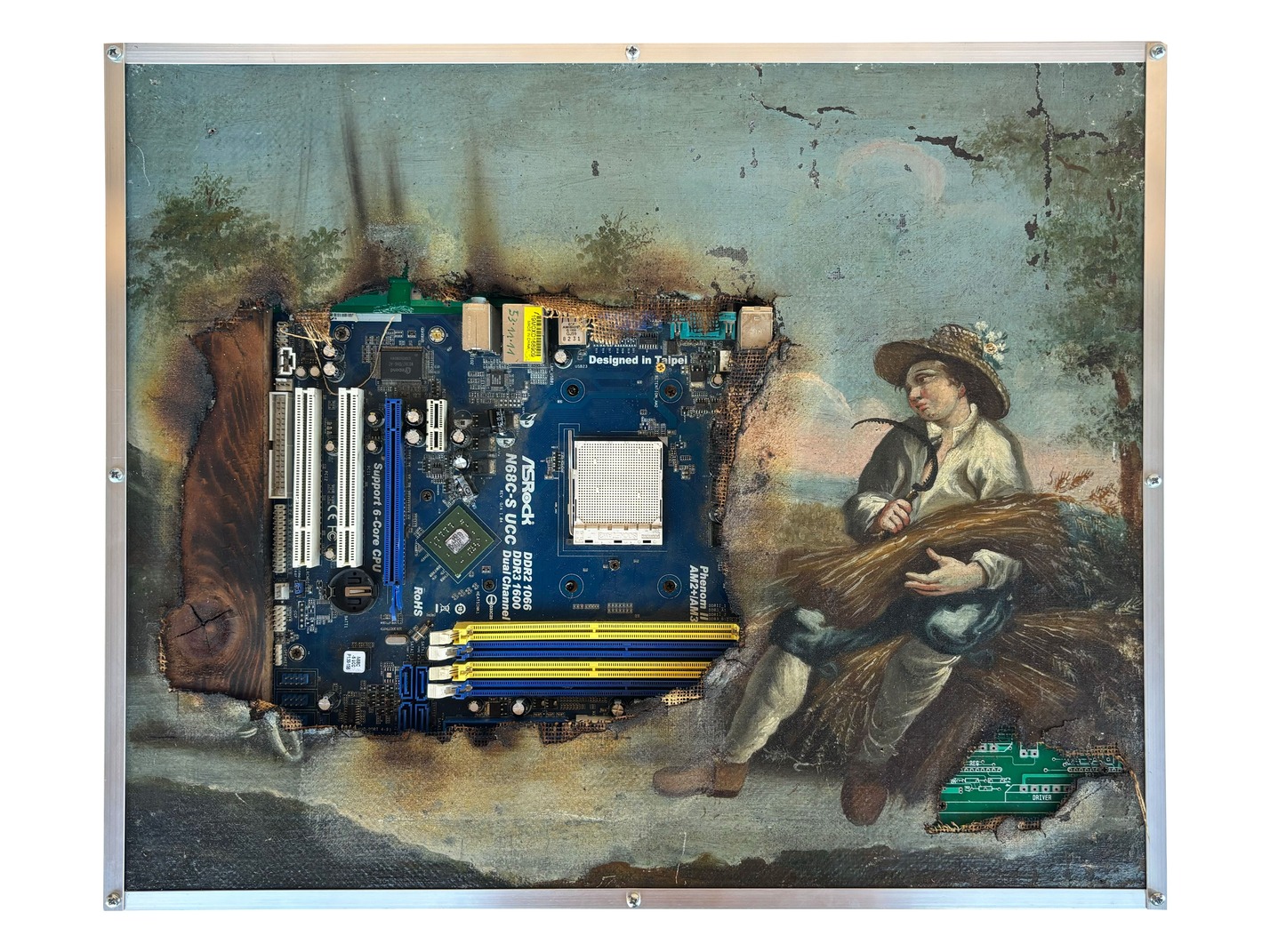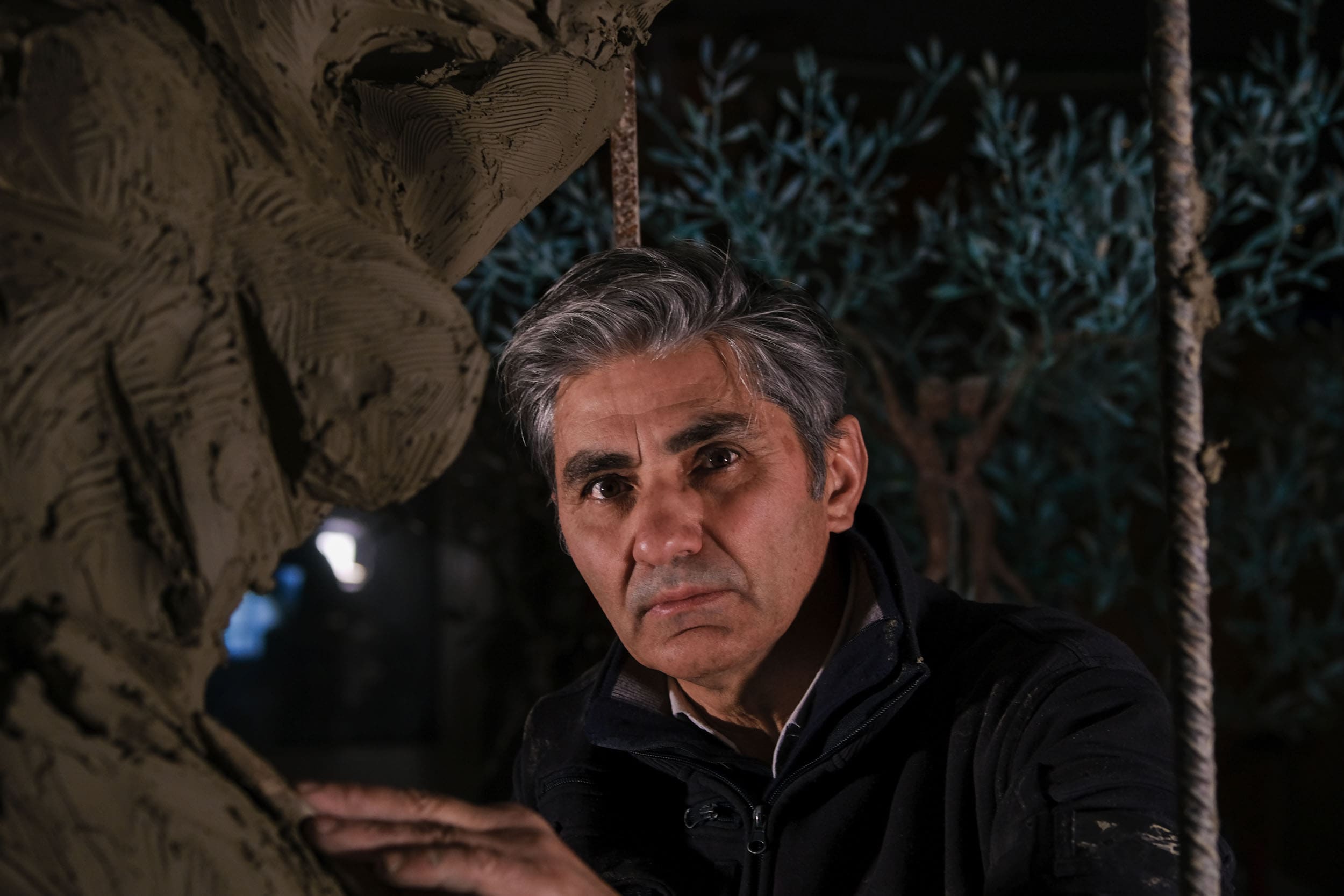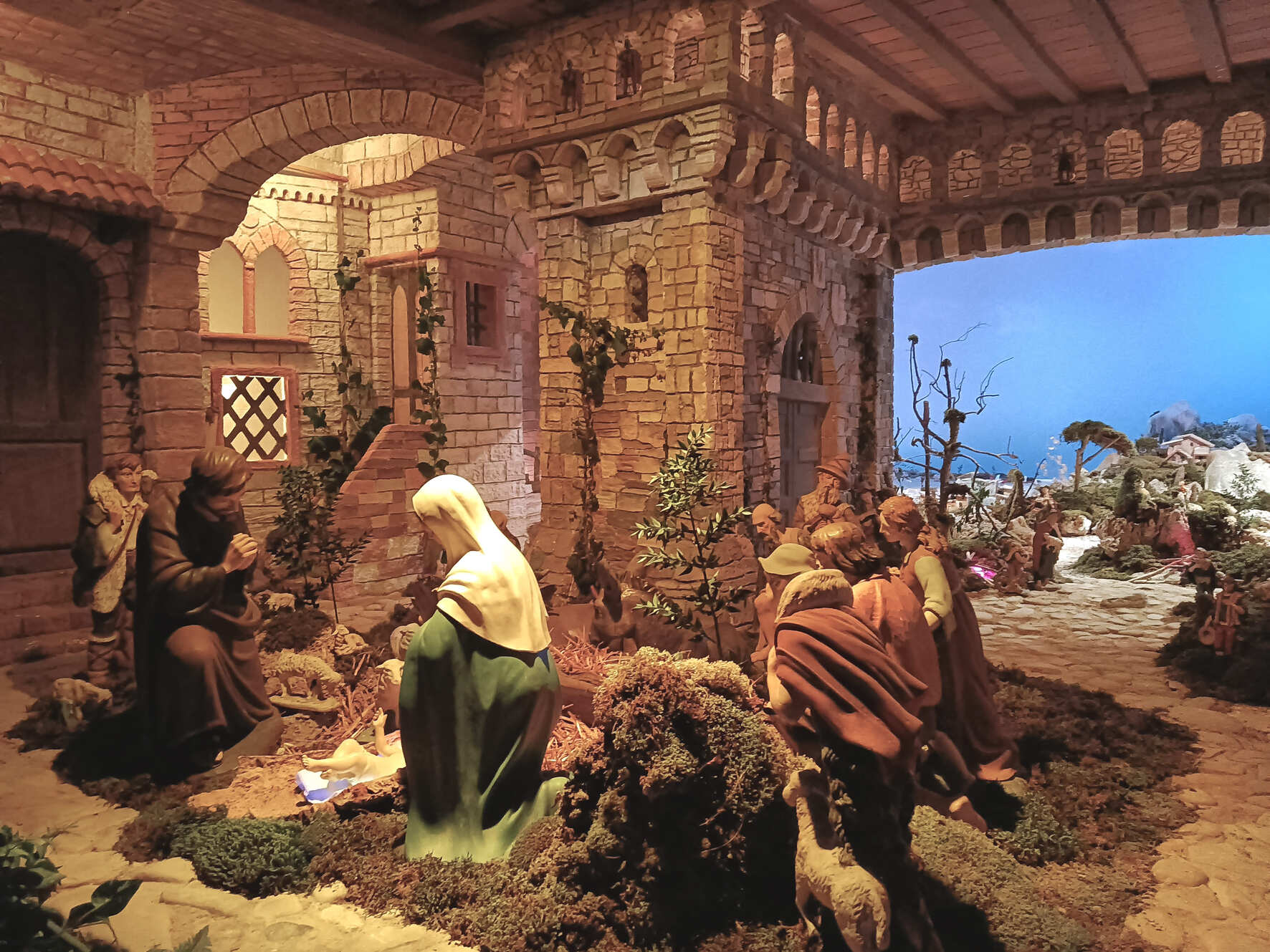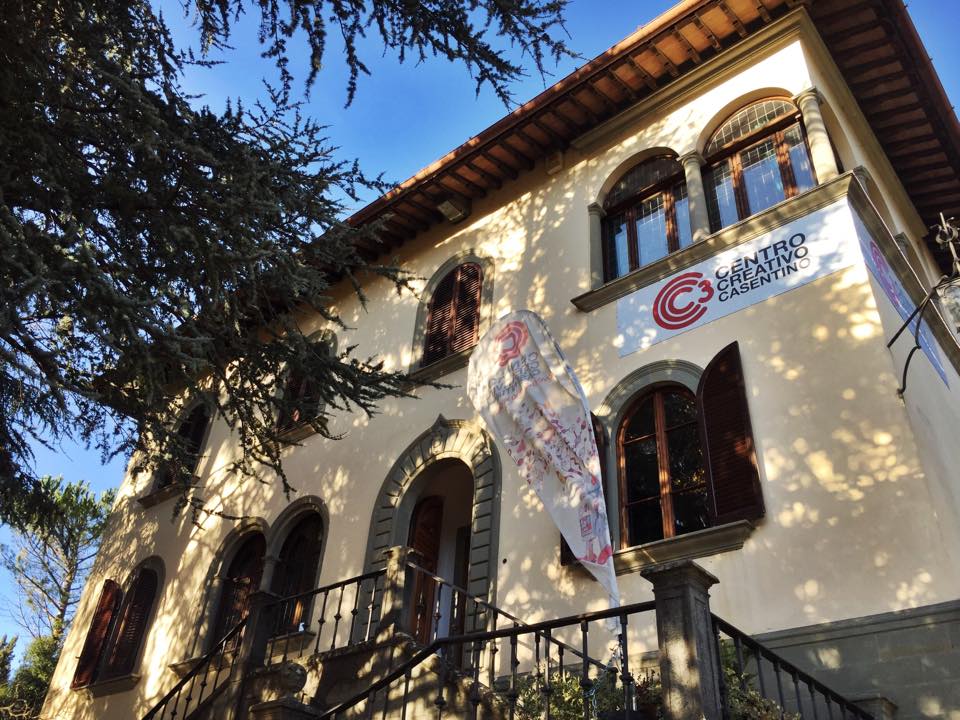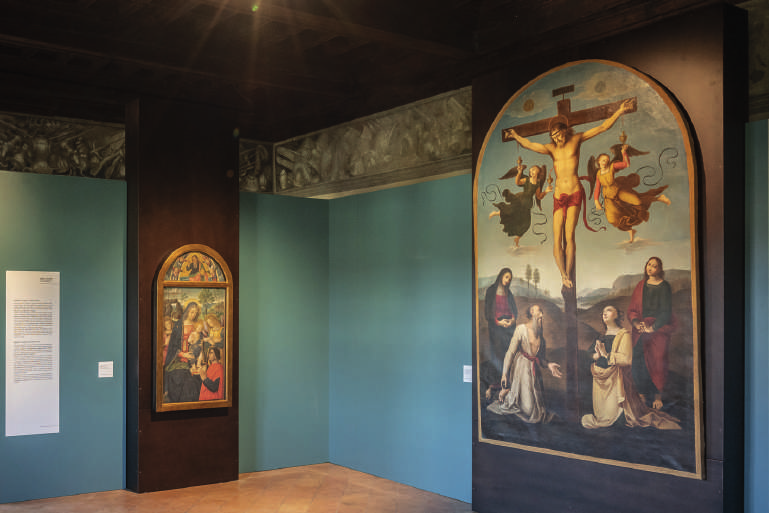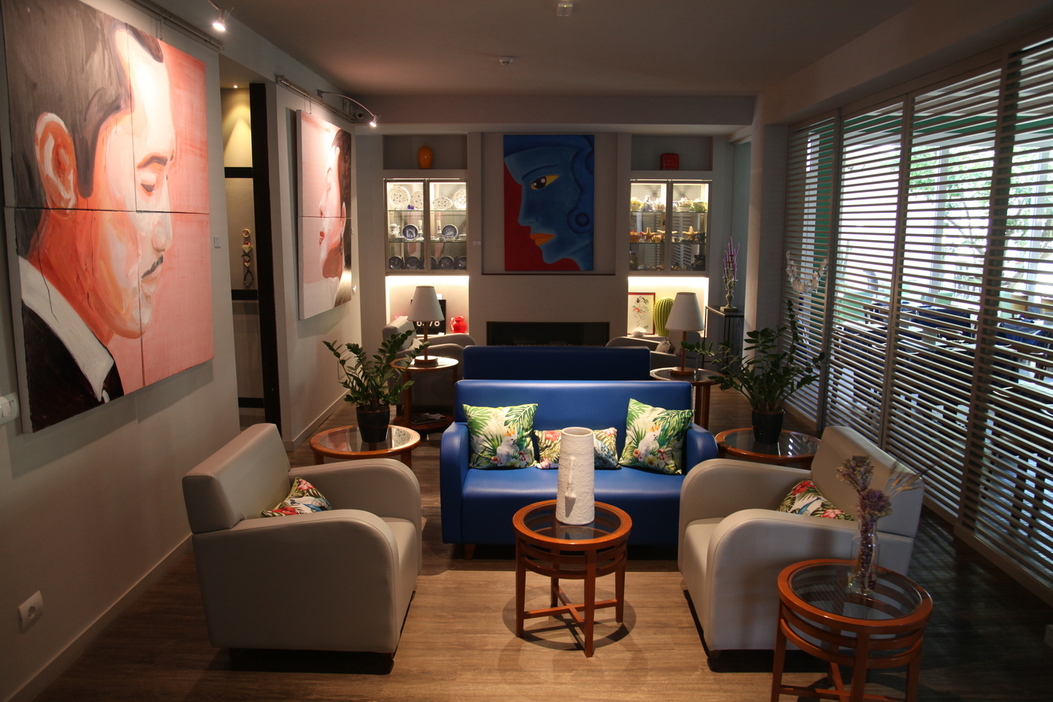Florence, capital of the Renaissance, we are in the complex of the Basilica of San Lorenzo; Paris, the essence of modern European culture, from the Place de la Madeleine to the Hôtel de Crillon: two monumental exhibition itineraries in which Maestro Andrea Roggi confronts the architecture and volumes of the city through the significant lens of his creations. A journey that is only apparently formal that catapults the viewer into a dreamlike and archetypal dimension.
read more >Tag: Art
Driven by the desire to create something handcrafted and unique that would represent their city, Gubbio, they first made a choker and a silver bracelet with the city skyline. Then they created a collection designed together and even more linked to local history: Genio Umbro.
read more >The exhibition “METALLICA. Sculpture in Italy 1947- 2005” curated by professor, Bruno Corà was conceived with significant works of art signed by Italian artists in the last eighty years; the exhibition thus intends to anticipate the inauguration of the Documentation Centre, also allowing the public to view the environmental redevelopment works, consolidation of spaces, restorations and decoration works.
read more >There are already several rumours, moreover, about the exhibition that will interest la ville lumière: it seems that it will include six monumental works in the center of Paris and the sculpture “Energy of Life”, created in collaboration with Martin Katz, at the Hôtel de Crillon.
read more >In Panicale, in 2023, where the famous work of the Martyrdom of St. Sebastian is preserved, and precisely on the occasion of the 500th anniversary of the death of the famous artist, it was decided to dedicate the eleventh edition of the ‘Fili in Trama’ event to Perugino; this year, it will instead take place from 5 to 7 September.
read more >The city of Perugia will host the exhibition “Materia” by the Austrian sculptor Herbert Golser, from 12 to 30 June 2025, hosted at the Sala Cannoniera of the Rocca Paolina.
read more >The initiative is an invitation to discover the beauty of Chianti through a new lens, where art is not only seen, but lived, and where wine and painting merge in a sensorial and intellectual experience.
read more >The exhibition “The Great Illusion” set up at the Crociani Civic Museum – Pinacoteca in Montepulciano, offers a visual and conceptual exploration of the reflections of the artist Tomaini on the impact of modern technologies on contemporary society.
read more >My work arises from a constant dialogue between ideal forms and the material that expresses them, a process that is not purely instinctive nor totally rational. It is a fusion of intuition and reflection, in which natural laws and ideas meet, with geometry marrying to living form. I do not try to separate these aspects, because I believe that beauty emerges precisely from this synthesis between ideal perfection and material imperfection, between thought and gesture.
read more >Musical entertainment, cultural activities, days dedicated to animal friends, charity evenings, sports initiatives, dance performances and many other characteristic events are ready to tell the folklore of the Gualdo community.
read more >The Alvise Giustinian store in Florence takes its name and is inspired by the Venetian doge of the same name of the 1200s, as well as the palace that houses the glass museum of Venice. It is the reference point in Tuscany for Venetian craftsmanship Made in Italy.
read more >As for her work, in addition to events and ceremonies, the Casentino artist promotes family photography and souvenir photos in her studio, “in a world where one is overwhelmed with images without retaining one”. The press is a perfect example of this and I, is absolute testimony – and I, as an old-fashioned publisher, fully agree.
read more >The Centre is structured as an educational environment and a training space open to people of all ages, from different backgrounds and cultures. It’s a place to develop one’s sociability and exercise one’s creativity, participating in the proposed activities and enjoying this meeting place every day.The activities are very diverse in order to satisfy all different interests and needs, both for young and elderly people with whom the centre also collaborates through an active generational exchange.
read more >Among the novelties, the scientific color reconstruction of the first documented work of Raphael, the Coronation of Saint Nicholas of Tolentino, edited by Francesco Paolo Di Teodoro and Filippo Camerota, visible in the exhibition through a digital installation produced by the Museo Galileo in Florence, and the scientific account of the important restoration work, by the Central Restoration Institute (ICR), the banner of the Brotherhood of SS. Trinità, the only mobile work of the artist left in Umbria, now located at the Municipal Art Gallery of Città di Castello in the same room of the “Martirio di San Sebastiano’, by Luca Signorelli, one of the most studied artists by Raffaello in his youth. The restoration has allowed to fill some of the gaps present in the work and left ‘exposed’ in the previous intervention of 2006, always edited by the ICR.
read more >A historic and ground-breaking Riviera hotel, the Lucerna was founded in Castiglione della Pescaia in 1958 by Nello Raffi, Laura’s grandfather. In the same year, just think, that the famous Riva del Sole hotel opened. It was in 1972 that her parents Gino and Brunella started working so much there that the young Laura spent her youth here, breathing the air and life of the hotel in the management work as well as in the extraordinary ambience of encounters and acquaintances with the legendary characters of the time.
read more >Jutta was born in Coblenz in the Rhineland in Germany during the War, and went to study art and design in Dusseldorf. She had always dreamed of leaving Germany to travel, and spent a year abroad studying and working in Rome. When, after 6 years of art school, the possibility to spend a period in South Africa working for a textile company presented itself, the young Jutta jumped at the opportunity.
read more >